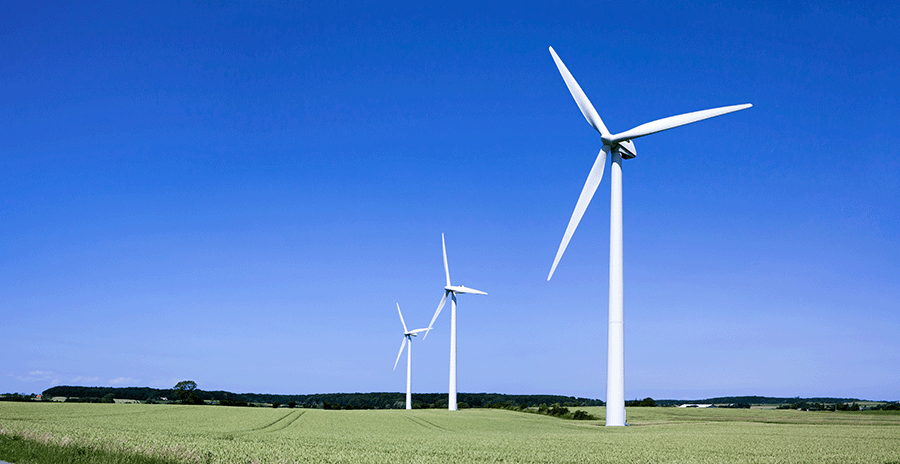
Energy, Raw Materials and Circular Economy
The raw material transition, energy issues, and circular economy are at the core of the clean transition. New raw material solutions are critical for the industry’s shift towards carbon neutrality. Chemical industry companies have the potential to significantly reduce direct emissions from factories—minimizing their carbon footprint in Finland—while also enabling substantial emission reductions for global customers through climate-friendly products, creating a significant carbon handprint.
Our Position Papers
You can read more about our current positions on energy, raw material and circular economy related issues and policies in our Material Bank. The position papers can be downloaded as pdfs.
Low Carbon Roadmap
The chemical industry’s roadmap work began as the first industry sector in Finland in 2019. The first roadmap was completed in 2022, and an updated version, titled Nature-Positive Carbon-Neutral Chemical Industry Roadmap, was published in 2024.
Hydrogen Economy
The chemical industry is the largest producer and user of hydrogen in Finland: the sector produces 90% of the hydrogen used in Finland and consumes 80% of it. Hydrogen enables growth opportunities for the chemical industry based on synthetic raw materials.

The Chemical Industry aims to be Nature Positive and Climate Neutral by 2045.
Read more about our goals.
Additional information:


